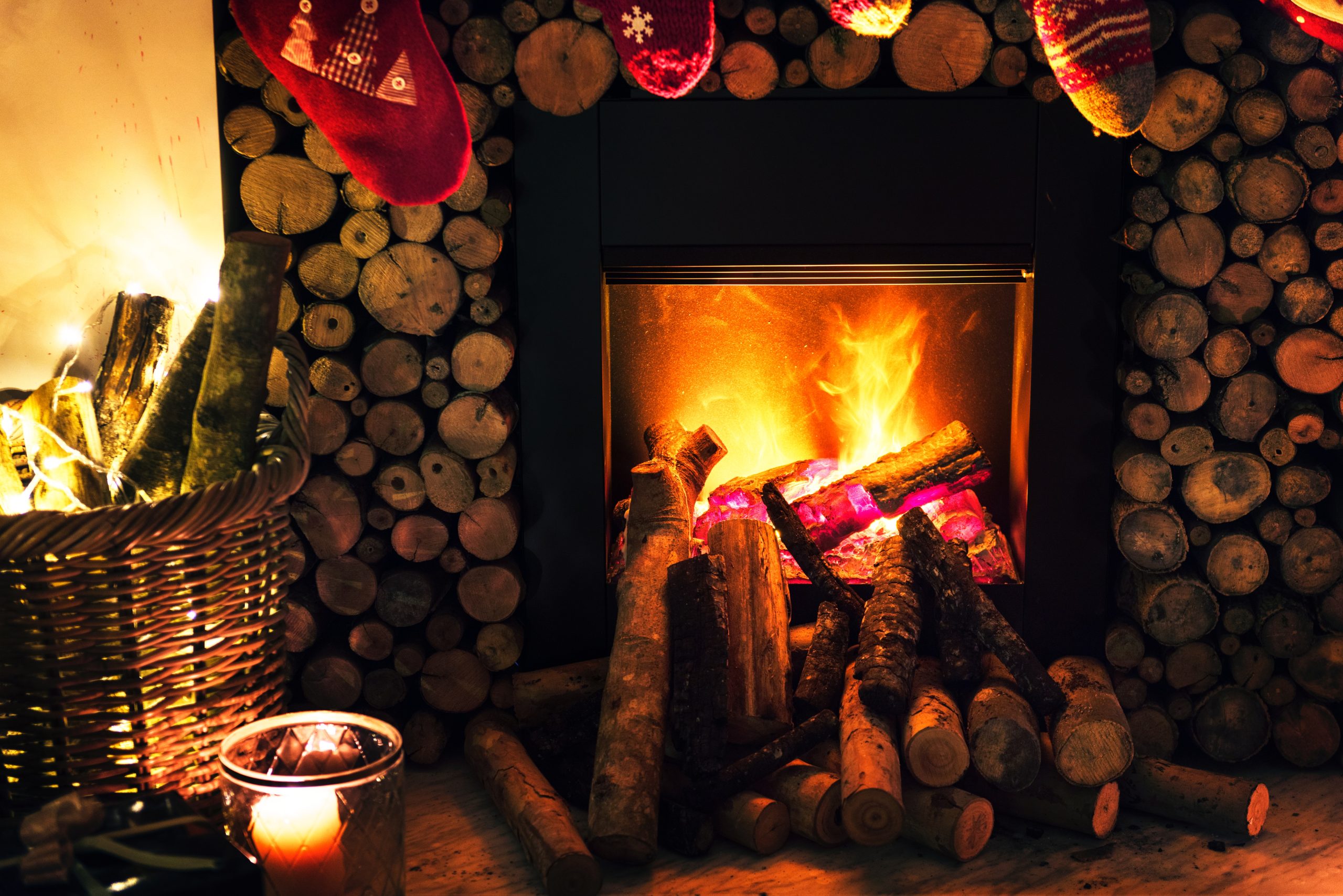As November winds down and temperatures dip, there’s nothing better than settling in beside a warm, crackling fire. Whether you have a traditional wood-burning fireplace, a gas fireplace, or a gas stove, now is the perfect time to make sure your home is ready for safe, efficient fires all winter long.
Here’s what homeowners should know as fireplace season kicks into high gear.
Why Fireplace Maintenance Matters
Fireplaces add comfort and charm, but they also require regular attention. Routine maintenance not only keeps your home safe from hazards like chimney fires or carbon monoxide leaks, it also ensures your fireplace performs properly and heats your home more efficiently.
Wood-Burning Fireplaces: What to Do Before You Light the First Fire
1. Schedule a professional chimney inspection
A certified chimney sweep should inspect your chimney at least once a year. Over time, creosote—a highly flammable by-product of burning wood—builds up on the walls of your chimney. Left unchecked, it can ignite and cause a dangerous chimney fire.
An inspection will check for:
-
Creosote buildup
-
Cracks or blockages
-
Animal nests (more common than you think!)
-
Proper venting and structural integrity
2. Use dry, seasoned wood
Fresh or damp wood creates excess smoke, burns cooler, and increases creosote buildup. Choose hardwoods like maple, oak, or birch that have been seasoned for at least six months.
3. Clean out the ash regularly
A small layer of ash helps insulate the firebox, but too much can restrict airflow. Maintain a depth of about 2–3 cm and dispose of ashes in a metal container with a tight-fitting lid. Store it outdoors, away from your home or deck.
4. Test your smoke and carbon monoxide detectors
This is a must. Replace batteries twice a year and test every alarm before your first fire of the season.
Gas Fireplaces & Gas Stoves: Low Maintenance, Not No Maintenance
Gas units are convenient and clean-burning, but they still need annual checkups to stay safe and efficient.
Have a technician inspect your unit every year
A licensed gas technician will:
-
Check for gas leaks
-
Test the ignition and pilot light
-
Inspect the venting
-
Clean the burner and glass
-
Ensure carbon monoxide is not entering the home
Keep the glass clean (but let it cool completely first!)
Residue can build up over time and cause the glass to appear cloudy. Follow the manufacturer’s cleaning instructions and never use abrasive products.
Watch for unusual signs
If you notice a yellow or flickering flame, soot on the glass, or a strange smell, shut the unit off and call a professional. These may be signs of incomplete combustion or a venting issue.
General Fireplace Safety Rules Everyone Should Follow
Regardless of the type of fireplace you have, these safety tips apply to all:
-
Use a screen or glass barrier to prevent embers, sparks, or curious pets from getting too close.
-
Keep furniture and décor at least 3 feet away from the fireplace.
-
Never leave a fire unattended.
-
Store firewood outdoors, not inside where pests can hitch a ride into your home.
-
Install a carbon monoxide detector on every level of your home.
When in Doubt, Call a Professional
Fireplaces are meant to be enjoyed. A little preventative maintenance ensures your unit stays safe, efficient, and ready to keep your home warm as winter settles in across Peterborough and the Kawarthas.
If you’re a homeowner thinking about upgrades, or if you’re considering buying or selling a home with a fireplace, our team at Century 21 United Realty is always happy to offer guidance.
Stay warm and stay safe this season!

 Facebook
Facebook
 X
X
 Pinterest
Pinterest
 Copy Link
Copy Link



